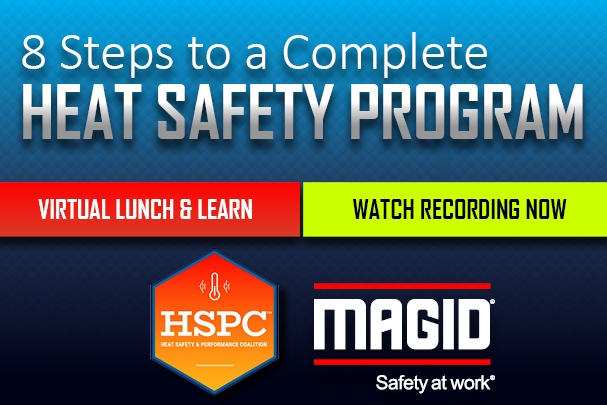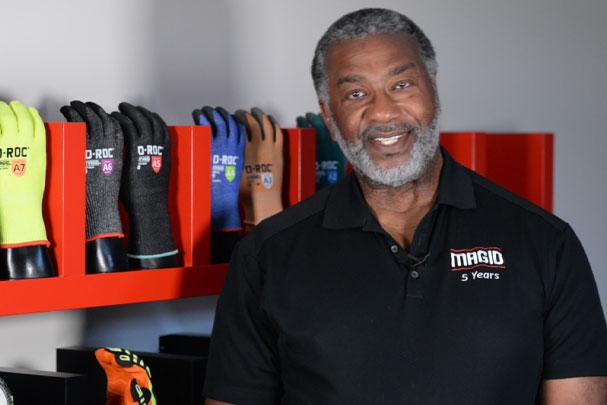
3 Steps to Saving Money on PPE Costs
With so much emphasis on increasing efficiency, it can be hard to strike a balance between your safety program and your budget. Particularly now with OSHA fines increasing 7.7% since just last year and over 20% in total since 2016. But with a little effort and planning, you can save money on hard costs like the PPE you need without compromising safety. The secret is PPE Standardization.

Step 1 Analyze Your Current PPE Usage
Begin by figuring out what you’re currently buying. Your finance department and invoice history are good starting points to help you list exactly what items you order—including style numbers and sizes—and how much you’re paying for each. You should also note how long each item tends to last. Do your cut-resistant gloves last more than a day? More than one shift? How many hours on average? Looking beyond price-per-pair is essential to figuring out how much you’re really paying.
If this step turns out to be too complicated–a real possibility if you’re running a larger facility–you’ll want to ask a safety expert to help you with a PPE Standardization Analysis. They’ll come onto your job site to help answer all of these questions and more.

Step 2 Get a Professional Safety Assessment
Even if you did your own research in Step 1, the next step should involve a safety expert who can analyze your usage, spend, and product application and make recommendations for more efficiency. Sometimes cost savings are as simple as getting your people to choose one glove to serve multiple purposes. This allows you to order fewer styles and buy in bulk.
One manufacturing customer we worked with found that they were ordering 6 styles of disposable gloves to serve the same basic purpose, but workers had become used to asking for their favorite item. With a little product testing and communication, workers agreed on one style they all liked. This not only increased their worker buy-in, which we know increases compliance, but it also reduced their spend by about 50% without skimping on the number of gloves they were using or compromising safety:
6 different glove styles: $30,028
VS
1 glove style (same number, bought in bulk): $14,943

Step 3 Save Money with Smarter PPE Choices
But it’s not just about ordering fewer styles, it’s also about making smarter choices. When you’re shopping around, it might seem best to order the cheapest glove that you know will keep your workers safe. But when you test those gloves in your environment, you might find that a more expensive glove lasts a lot longer.
A construction company we worked with thought they were getting a great deal on gloves at just $2.61 a pair. But a usage analysis revealed that their gloves were only lasting about 4 hours. They tested two other glove types and found that one of them cost about three times as much as their current glove, but lasted more than 15 times longer. Looking at glove cost-per-hour as well as annual spend painted a very different picture of which glove made the most sense.
| Glove 1 | Glove 2 | |
|---|---|---|
| Cost | $2.61/pair | $7.75/pair |
| Wear Time on the Job | 4.1 hours | 63.87 hours |
| Cost/Hour | 64 cents | 12 cents |
| Annual Cost | $13,050 | $2,487 |
81% Better Safety Value!
It’s worth noting that lower quality gloves might also cost you in unexpected ways like more injuries that not only affect your workers and morale, but also add costs like workers’ compensation and other expenses.
Even if you’re one of the lucky safety managers with extra room in your budget, you can always increase efficiency and free up funds to make your safety program even better. Try implementing these tips to protect your workers and your bottom line!
GET A SMART SAFETY ASSESSMENT TODAY!







